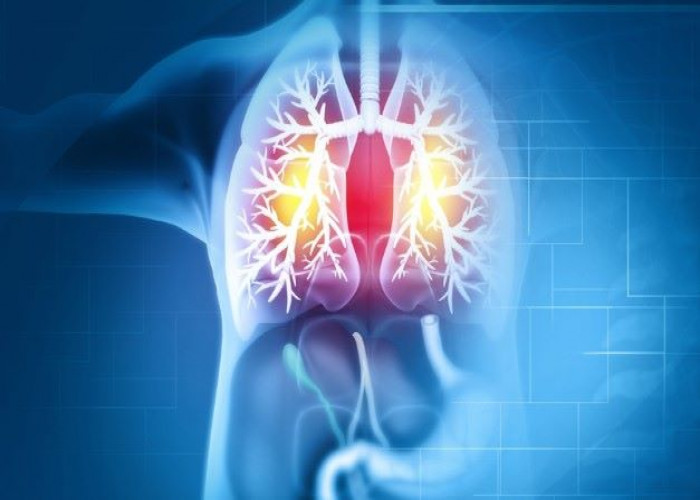 Welcome
Welcome
“May all be happy, may all be healed, may all be at peace and may no one ever suffer."
Interstitial lung disease
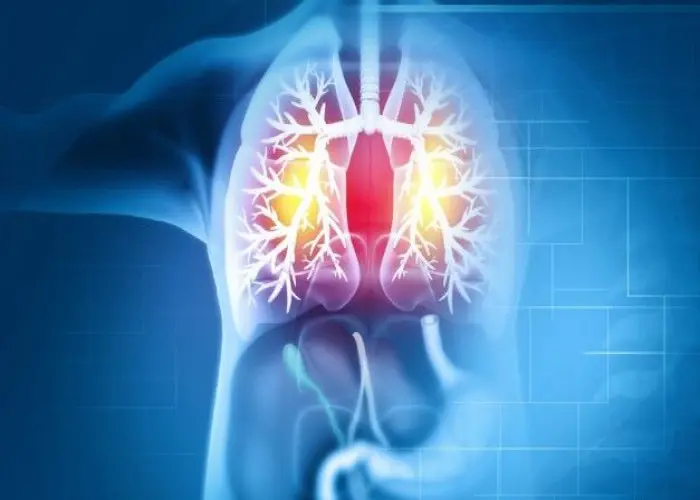
Interstitial lung disease (ILD) is a group of disorders that affect the interstitium, which is the tissue and space surrounding the air sacs (alveoli) in the lungs. In ILD, the interstitium becomes inflamed and scarred, making it difficult for oxygen to pass through the lungs and into the bloodstream.
ILD may be caused by a variety of factors, including exposure to certain substances (such as asbestos or silica), autoimmune disorders (such as rheumatoid arthritis or lupus), infections, and medications. In some cases, the cause of ILD is unknown (idiopathic).
Symptoms of ILD may include shortness of breath, a dry cough, fatigue, weight loss, and chest discomfort or pain. These symptoms may develop slowly over time and can vary in severity from person to person.
Diagnosis of ILD may involve a comprehensive medical evaluation, including a physical examination, imaging tests such as chest X-ray or CT scan, pulmonary function tests to measure lung function, and possibly a biopsy of lung tissue. Treatment for ILD may depend on the underlying cause and severity of the condition, and may include medications such as corticosteroids or immunosuppressants to reduce inflammation, oxygen therapy to improve breathing, and pulmonary rehabilitation to help improve lung function and quality of life.
Living with ILD may involve making lifestyle changes to manage symptoms, such as avoiding exposure to irritants such as cigarette smoke or air pollution, practicing good hygiene habits to reduce the risk of infection, and engaging in regular exercise to help maintain lung function. It is important for individuals with ILD to work closely with their healthcare provider to develop a treatment plan that addresses their specific needs and symptoms.
Research Papers
Disease Signs and Symptoms
- Shortness of breath (dyspnea)
- Dry cough
- Shortness of breath at rest or aggravated by exertion
Disease Causes
Interstitial lung disease
Interstitial lung disease seems to occur when an injury to your lungs triggers an abnormal healing response. Ordinarily, your body generates just the right amount of tissue to repair damage. But in interstitial lung disease, the repair process goes awry and the tissue around the air sacs (alveoli) becomes scarred and thickened. This makes it more difficult for oxygen to pass into your bloodstream.
Interstitial lung disease can be triggered by many different things — including airborne toxins in the workplace, drugs and some types of medical treatments. In most cases, the causes are unknown.
Occupational and environmental factors
Long-term exposure to a number of toxins and pollutants can damage your lungs. These may include:
- Silica dust
- Asbestos fibers
- Grain dust
- Bird and animal droppings
- Radiation treatments
- Indoor hot tubs
Some people who receive radiation therapy for lung or breast cancer show signs of lung damage months or sometimes years after the initial treatment.
Medications
Many drugs can damage your lungs, especially:
- Chemotherapy drugs. Drugs designed to kill cancer cells, such as methotrexate (Otrexup, Trexall, others) and cyclophosphamide, can also damage lung tissue.
- Heart medications. Some drugs used to treat irregular heartbeats, such as amiodarone (Nexterone, Pacerone) or propranolol (Inderal, Innopran), may harm lung tissue.
- Some antibiotics. Nitrofurantoin (Macrobid, Macrodantin, others) and ethambutol (Myambutol) can cause lung damage.
- Anti-inflammatory drugs. Certain anti-inflammatory drugs, such as rituximab (Rituxan) or sulfasalazine (Azulfidine), can cause lung damage.
Medical conditions
Lung damage can also result from autoimmune diseases such as:
- Rheumatoid arthritis
- Scleroderma
- Dermatomyositis and polymyositis
- Mixed connective tissue disease
- Sjogren's syndrome
- Sarcoidosis
The list of substances and conditions that can lead to interstitial lung disease is long. Even so, in some cases, the causes are never found. Disorders without a known cause are grouped together under the label of idiopathic interstitial pneumonias, the most common and deadly of which is idiopathic pulmonary fibrosis.
Disease Prevents
Disease Treatments
The lung scarring that occurs in interstitial lung disease can't be reversed, and treatment will not always be effective in stopping the ultimate progression of the disease. Some treatments may improve symptoms temporarily or slow the disease's progress. Others help improve quality of life.
Because many of the different types of scarring disorders have no approved or proven therapies, clinical studies may be an option to receive an experimental treatment.
Medications
Intense research to identify treatment options for specific types of interstitial lung disease is ongoing. Based on currently available, scientific evidence, however, your doctor may recommend:
- Corticosteroid medications. Many people diagnosed with interstitial lung diseases are initially treated with a corticosteroid (prednisone), sometimes in combination with other drugs that suppress the immune system. Depending on the cause of the interstitial lung disease, this combination may slow or even stabilize disease progression.
- Medications that slow the progression of idiopathic pulmonary fibrosis. The medications pirfenidone (Esbriet) and nintedanib (Ofev) may slow the rate of disease progression. Treatment-related side effects may be significant. Talk through the pros and cons of these medications with your doctor.
- Medications that reduce stomach acid. Gastroesophageal reflux disease (GERD) affects the majority of people with idiopathic pulmonary fibrosis and is associated with worsening lung damage. If you have symptoms of acid reflux, your doctor may prescribe GERD therapies that reduce stomach acid, including H-2-receptor antagonists or proton pump inhibitors such as lansoprazole (Prevacid 24HR), omeprazole (Prilosec OTC) and pantoprazole (protonix).
Oxygen therapy
Using oxygen can't stop lung damage, but it can:
- Make breathing and exercise easier
- Prevent or lessen complications from low blood oxygen levels
- Reduce blood pressure in the right side of your heart
- Improve your sleep and sense of well-being
You're most likely to receive oxygen when you sleep or exercise, although some people may use it round-the-clock.
Pulmonary rehabilitation
The aim of pulmonary rehabilitation is not only to improve daily functioning but also to help people with intersitial lung disease live full, satisfying lives. To that end, pulmonary rehabilitation programs focus on:
- Physical exercise, to improve your endurance
- Breathing techniques that improve lung efficiency
- Emotional support
- Nutritional counseling
Surgery
Lung transplantation may be an option of last resort for some people with severe interstitial lung disease who haven't benefited from other treatment options.
Disease Diagnoses
Disease Allopathic Generics
Disease Ayurvedic Generics
Disease Homeopathic Generics
Disease yoga
Interstitial lung disease and Learn More about Diseases

Asthma attack
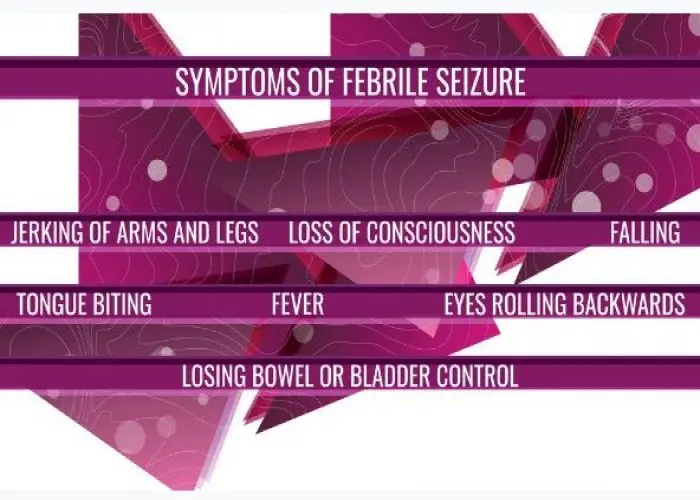
Febrile seizure
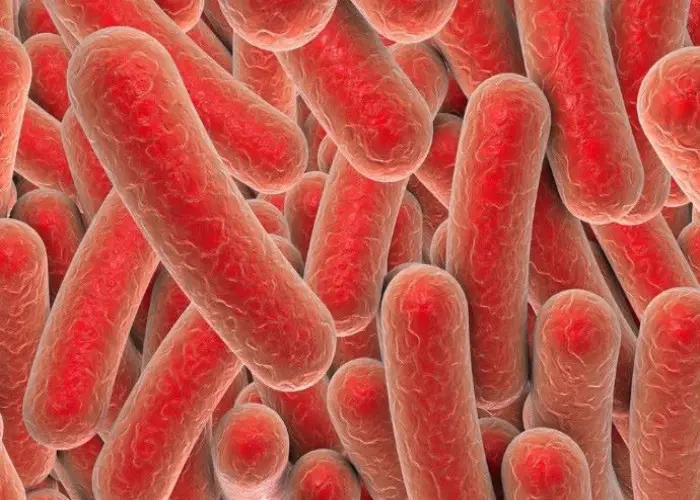
C. difficile infection
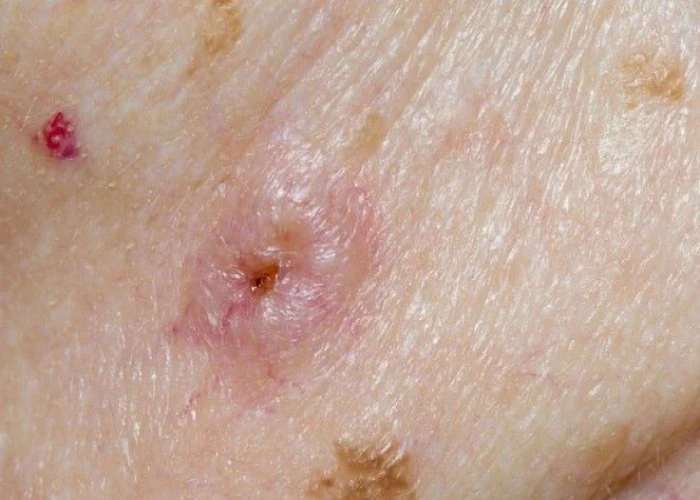
MRSA infection

Bacillary Dysentry

Canker sore

Scabies

Hantavirus pulmonary syndrome
interstitial lung disease, আন্তঃস্থায়ী ফুসফুসের রোগ
To be happy, beautiful, healthy, wealthy, hale and long-lived stay with DM3S.
